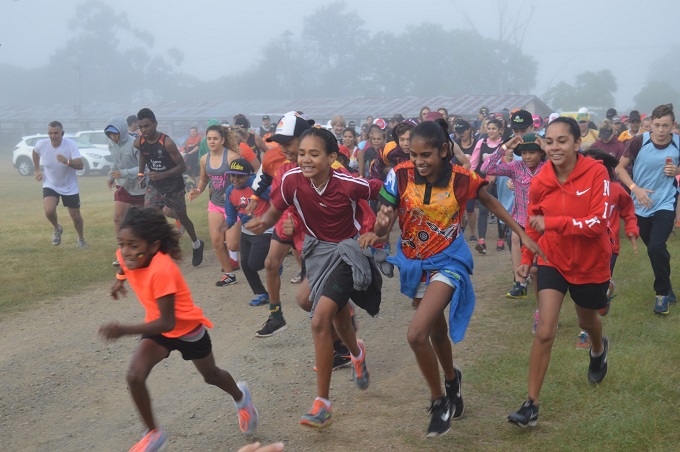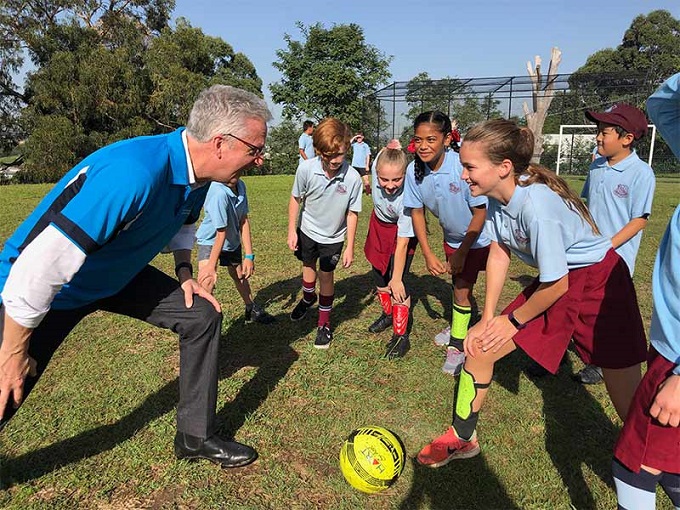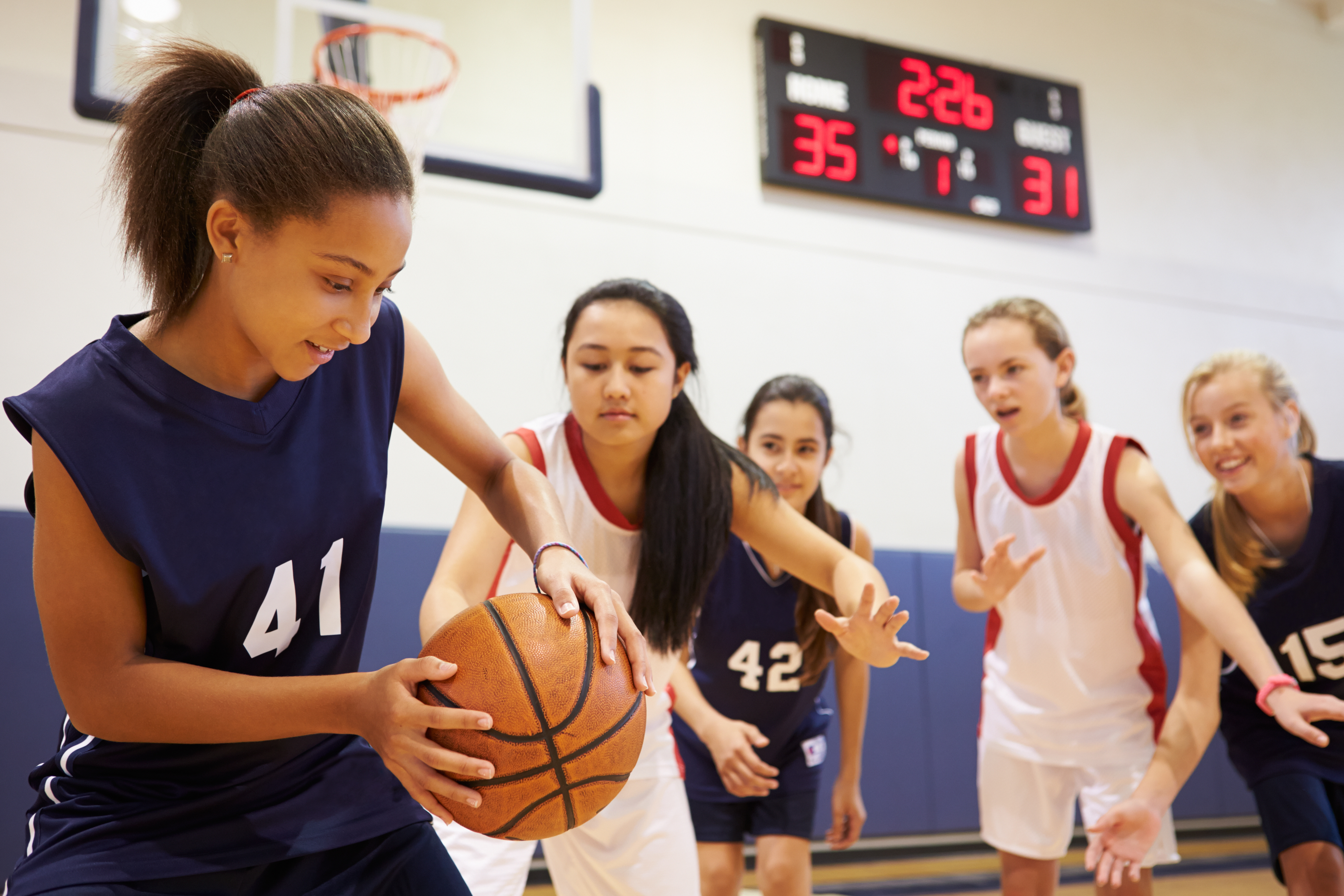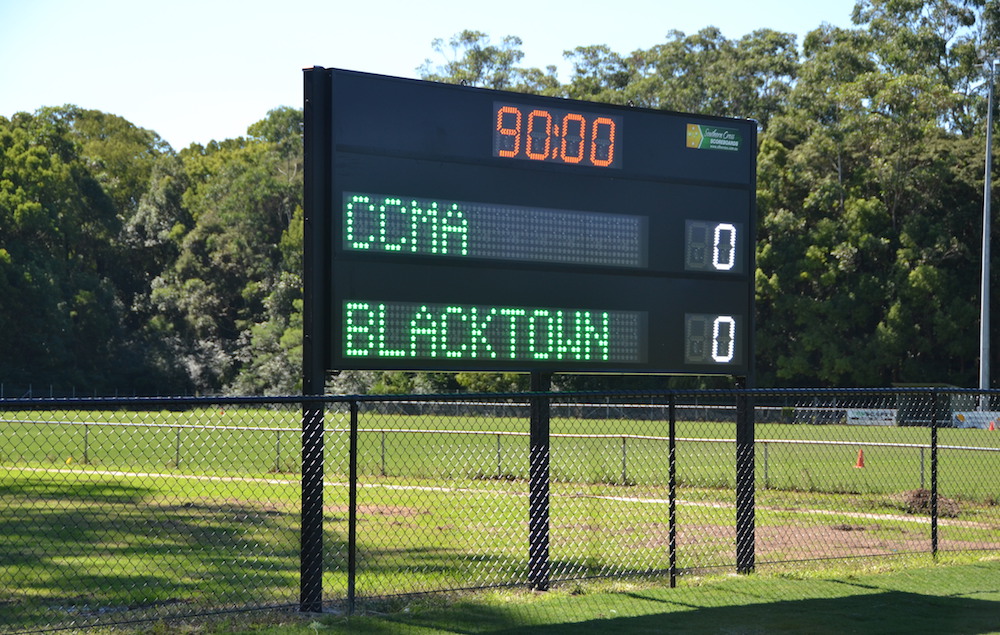Yoga in Schools
June 21st was the International Day of Yoga, a celebration of the ancient practice which is known to have widespread physical, mental and spiritual benefits. Should this ancient practice have a role in modern-day schools?
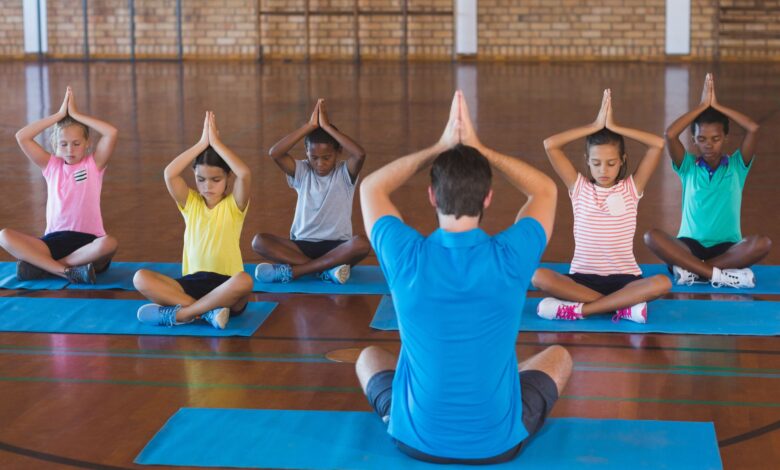
Proclaimed by the United Nations as worthy of an international day, Yoga is celebrated worldwide on June 21st each year. The resolution was first proposed by Indian Prime Minister Narenda Modi in his address to the General Assembly in 2014, and in 2022 the theme for celebrations is Yoga for Humanity.
Stand up and take a deep breath in as you slowly raise your arms out to the side and up overhead. Breathe out as you lower your arms back down by your side. Do three more of these slowly. According to Suzanne Ellis, Founder of Kids Yoga Education, you have just done yoga.
How are you feeling?
The argument for yoga in schools
Recent research published in the Journal of Occupational Therapy, Schools and Early Intervention looked at the benefits experienced by children participating in after-school yoga and concluded that “yoga may have a place in the school curriculum for the purpose of teaching students simple coping skills when experiencing feelings of stress and anxiety and assist with controlling their behaviour.”
While it would be easy to see this as yet one more thing teachers are required to incorporate into an already overstuffed curriculum, some of the skills taught by yoga directly address the Personal and Social Capabilities (self-awareness, self-management) required by the F-10 Curriculum General Capabilities as well as fitting in under Health and Physical Education (PDHPE).
Speaking with three experts in children’s yoga education, School News investigated how the ancient practice once viewed as only for hippies can bring real change to today’s digital generation.
“Schools are supposed to be an environment that supports the kids in their growth and study,” says Gopala Amir Yaffa, co-founder of Rainbow Yoga. “But it is long proven that stress is a factor that inhibits this development. The competitive and goal-oriented nature of most schools creates social phobias, exam anxiety and even insomnia [while] the non-competitive spirit of yoga and the focus on self-wellbeing, as well as the wellbeing of your environment, can help cure some of those negative effects.”
“School life is stressful for both teachers and students,” adds Suzanne Ellis. “Teachers have extremely demanding jobs and kids are navigating through various physical, mental and emotional changes as they grow. Yoga enables children to quieten down their mind chatter and become comfortable inhabiting their physical body.”
As Stacey Louise from Inspired Kids Yoga explains, yoga can provide a “brain break” for students and “balances both hemispheres of the brain with cross body patterning and balancing poses, which leads to better focus when they return to learning.” In addition to this, she adds, with mindfulness activities, yoga can engage the frontal lobes which can help children in being able to regulate their emotions.
But it doesn’t take years of training or study to get the benefits, says Gopala Amir Yaffa. “Small changes in the way kids sit and breathe can make a big difference in their ability to stay focussed and to learn. A couple of stretches and a few deep breaths every hour can help greatly in keeping a child’s positive attention throughout a class.”
The benefits for teachers
The general benefits of yoga are well known and researched and include:
– physical benefits (strengthening joints and tissues, improving co-ordination and flexibility, improving respiratory capacity and lowering blood pressure)
– mental benefits (improving concentration and focus, tools for coping, learning how to ‘switch off’ and relax)
– social benefits (developing confidence, sense of belonging, opportunities for teamwork and communication), and
– emotional and spiritual benefits (encourages patience, instils resilience and helps self-regulation).
As Suzanne Ellis says “teachers get all the benefits of doing the yoga alongside the kids and knowing they are contributing to the positive growth and development of children.”
Moreover, adds Stacey Louise “teachers find that students are more focused and calm after yoga when they return to the classroom.”
Keeping it in the class
But not all schools will have the funding and facilities for students to do yoga in dedicated spaces, which is why being open to the idea of chair yoga, or class-based yoga may be the way forward for some schools.
“One of the coolest elements about doing yoga in the classroom environment is using all the things that are already there”, suggests Gopala Amir Yaffa. “You can blow on a piece of paper from the student’s notebook for breathing exercises. You can even use a pencil for breathing by rolling it on your desk with your breath.”
Stacey Louise agrees and says chair yoga is “ideal for teachers to integrate into their classrooms before, during or after teaching content. It is also inclusive for students in wheelchairs.”
Some schools are choosing the option of out-sourcing yoga classes to qualified yogi but there are also many options for teachers wishing to be trained in basic tools that still have a big impact on their students.
Stacey Louise says “rather than viewing this as another thing to have to fit into the curriculum, it is more about taking time out from the curriculum to have time to go inward, to pause and breathe, to move the body and freshen the brain for more learning.”
With thanks to:
Stacey Louise from Inspired Kids Yoga Inspired Kids Yoga | Yoga for Children & Teens| Online Courses| Teacher Training| Videos
Suzanne Ellis from Kids Yoga Education Kids Yoga Teacher Training | Kids Yoga Education
Gopala Amir Yaffa from Rainbow Kids Yoga Rainbow Yoga Training – Kids Yoga Teacher Training – RainbowYogaTraining


